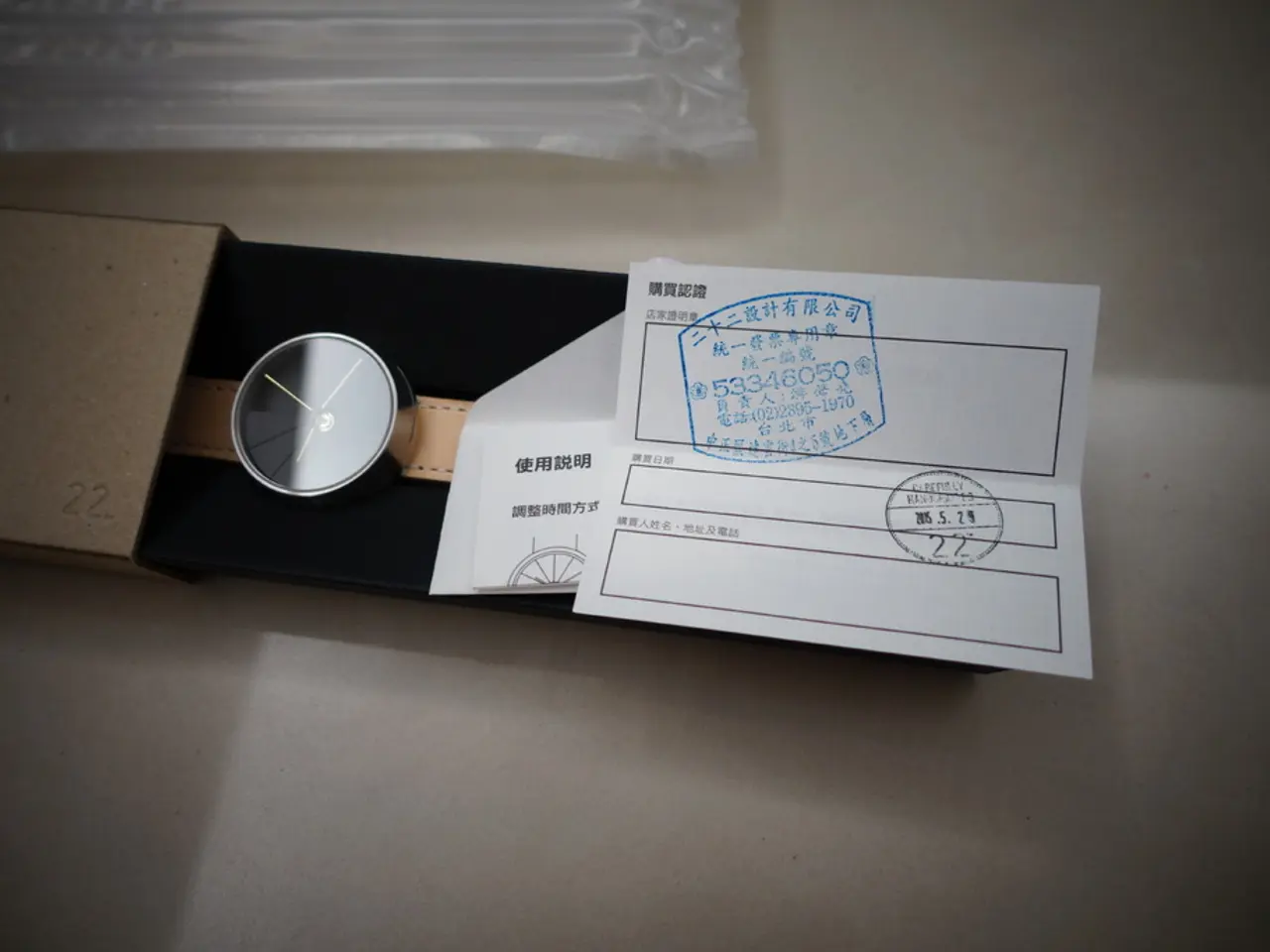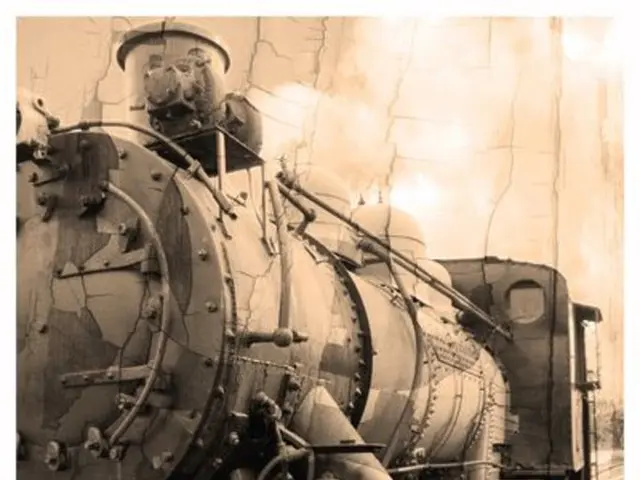Spacecraft-Ready Timepiece Priced at $8750 Takes Aim at Replacing Apollo-Era Omega Watches
In the realm of horology, a new contender is making waves - Barrelhand's Monolith watch. Designed specifically for extra-vehicular activity (EVA) and extreme space environments, this watch is engineered to withstand the harsh conditions of space.
One of the Monolith's most distinctive features is its temperature resistance, which ranges from -120°C to +120°C. This wide operational temperature range far surpasses that of Omega's Speedmaster, a timepiece famously used during the Apollo missions, which typically operates between approximately -18°C and +60°C.
The Monolith's weight and construction also set it apart. Its case is 3D-printed from Scalmalloy, an aerospace-grade alloy lighter than titanium but just as strong, and resilient enough to withstand extreme temperatures. In contrast, the Speedmaster's case is usually made of stainless steel, a material known for its durability but heavier than Scalmalloy.
Both the Monolith and the Speedmaster are mechanical watches, avoiding potential electronic vulnerabilities in space conditions such as radiation exposure.
The Monolith's design accounts for outgassing, a subtle but critical problem of materials releasing gas in the vacuum of space. Its gaskets are made of aerospace-grade fluorosilicone, replacing rubber seals that would become brittle in extreme cold. The crystal on the Monolith is shatter-proof, designed to dent rather than break.
While the Monolith's specs are impressive, its intentions are sincere, it hasn't undergone real-world testing in space yet. A part of it (the Memory Disc) has already touched another world, sent to the Moon aboard Intuitive Machines' Nova-C lander as part of the Odysseus mission. Barrelhand is working towards real-world testing of the Monolith in space.
The Monolith is priced at $8,750, higher than the Speedmaster's range from $6000 to $9000, but it's built to be worn on the International Space Station (ISS) and strapped to a spacesuit during an EVA.
In a nutshell, the Monolith is superior to the Speedmaster regarding resistance to extreme temperatures and weight due to its modern aerospace materials and manufacturing techniques. However, the Speedmaster's historical reliability and proven use in space still make it a trusted option. Barrelhand's Monolith represents a modern evolution tailored for space travel’s demanding conditions.
*Note: Karel Bachand is the founder of Barrelhand.*
References: [1] Barrelhand. (n.d.). The Monolith. Retrieved from https://barrelhand.com/the-monolith [2] Space.com. (2021, September 14). Barrelhand's Monolith watch aims for space with extreme temperature resistance. Retrieved from https://www.space.com/barrelhand-monolith-watch-space-extreme-temperature-resistance.html [3] Time and Tide Watches. (n.d.). Speedmaster Moonwatch. Retrieved from https://timeandtidewatches.com/omega/speedmaster/moonwatch [4] Wired. (2021, September 14). Barrelhand's Monolith watch is built for space—and it's coming to Earth. Retrieved from https://www.wired.com/story/barrelhands-monolith-watch-space-timepiece-review/
- Karel Bachand's Barrelhand, with the Monolith watch, targets the space-and-astronomy field, creating a timepiece designed for extra-vehicular activity and harsh space conditions.
- The Monolith's technology incorporates a wide operational temperature range of -120°C to +120°C, surpassing Omega's Speedmaster, which typically operates between approximately -18°C and +60°C.
- Made from Scalmalloy, an aerospace-grade alloy lighter than titanium, the Monolith's case is also more resilient and less heavy than the Speedmaster's stainless steel case, a material known for its durability.
- To maintain functionality in the vacuum of space, the Monolith's design involves utilizing specially formulated gaskets, shatter-proof crystals, and materials with minimal outgassing, contrasting with rubber seals and weaker materials that would fail in extreme conditions.
- While the Monolith's tech-savvy features and space-oriented parts have not yet undergone real-world testing, the $8,750 gadget continues to lead in the realm of space-ready wearables and tech, marking a modern evolution for space travel devices.







